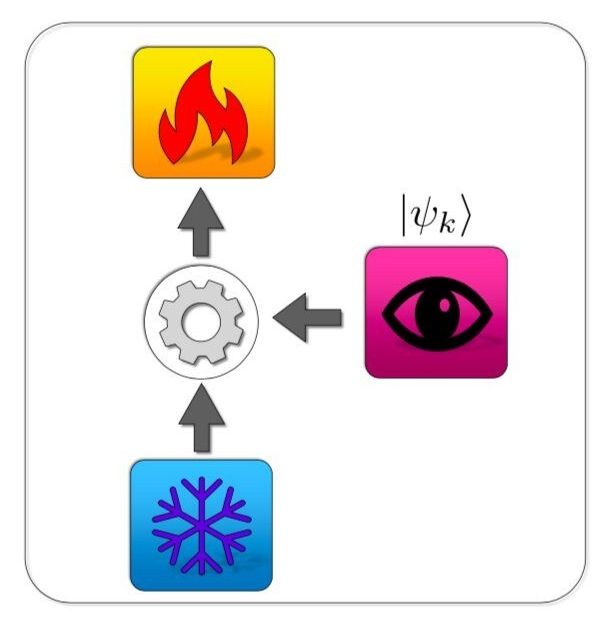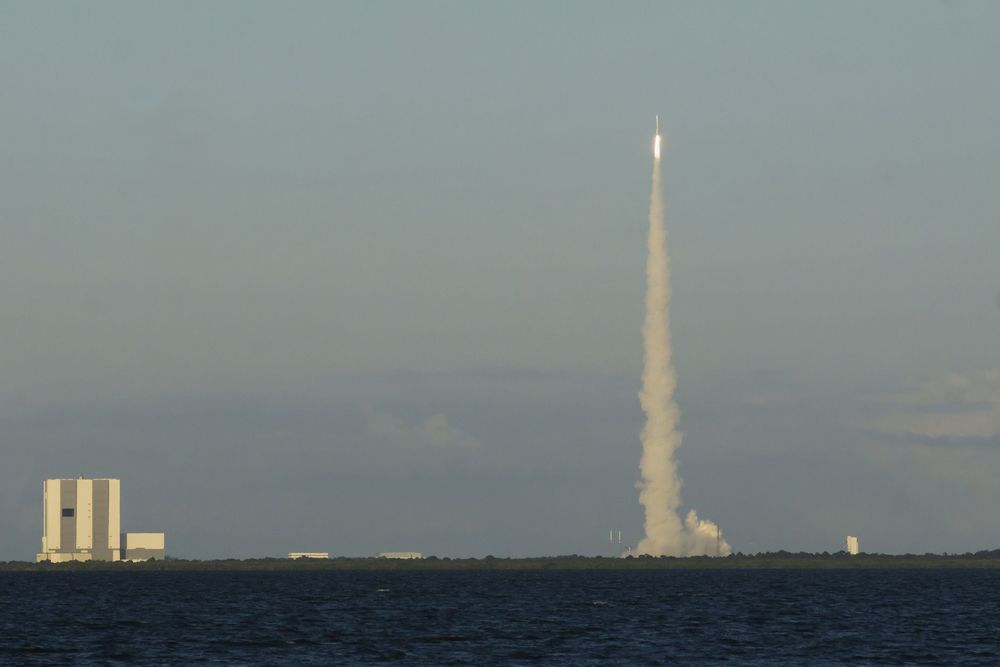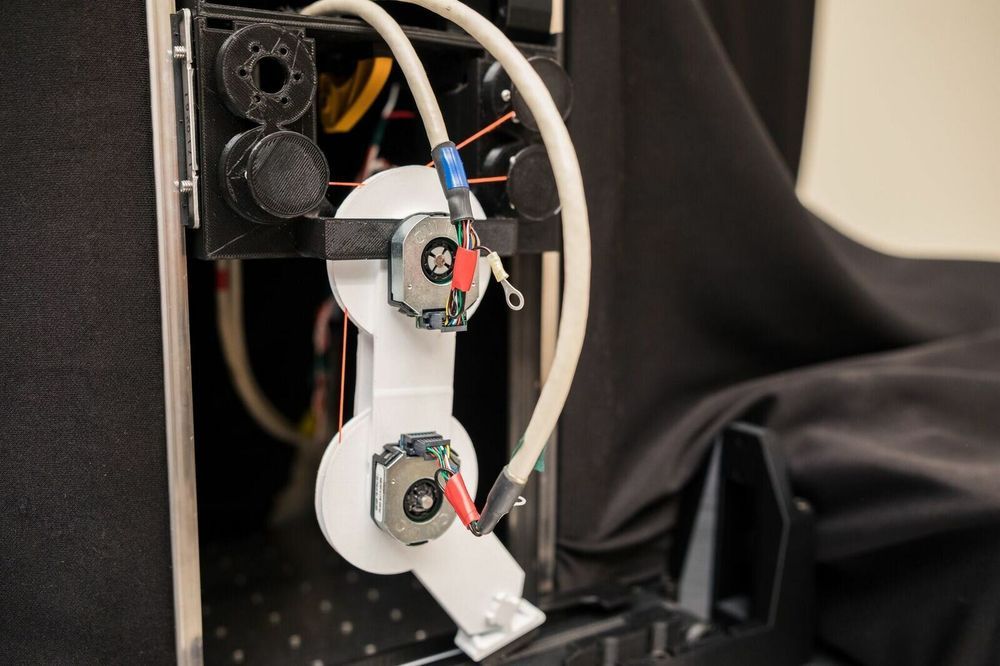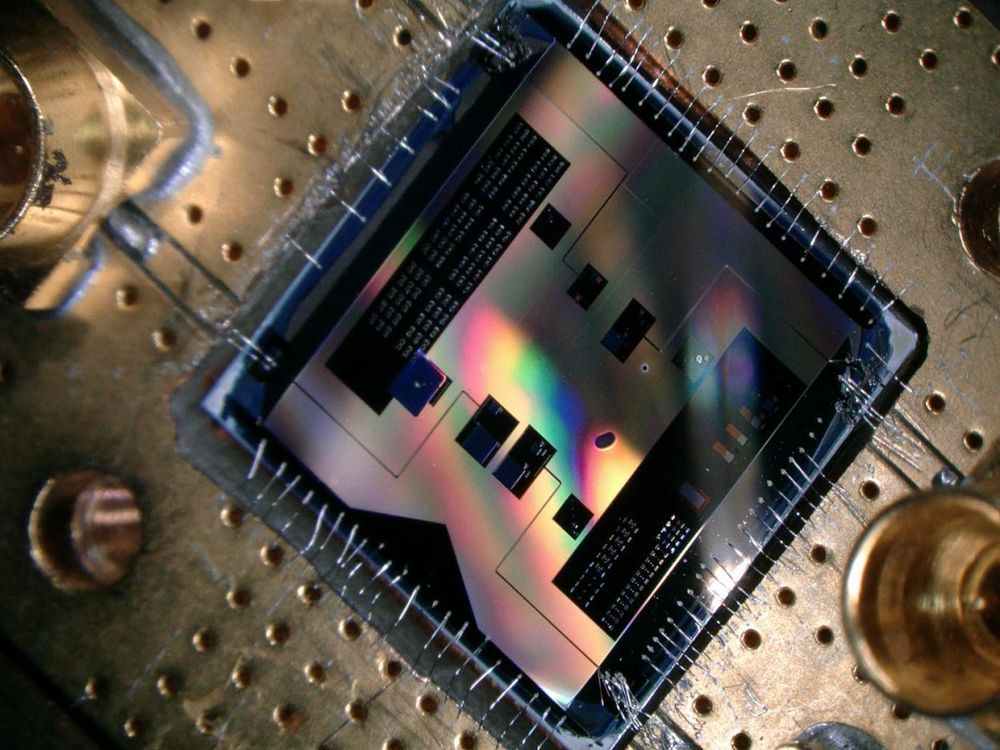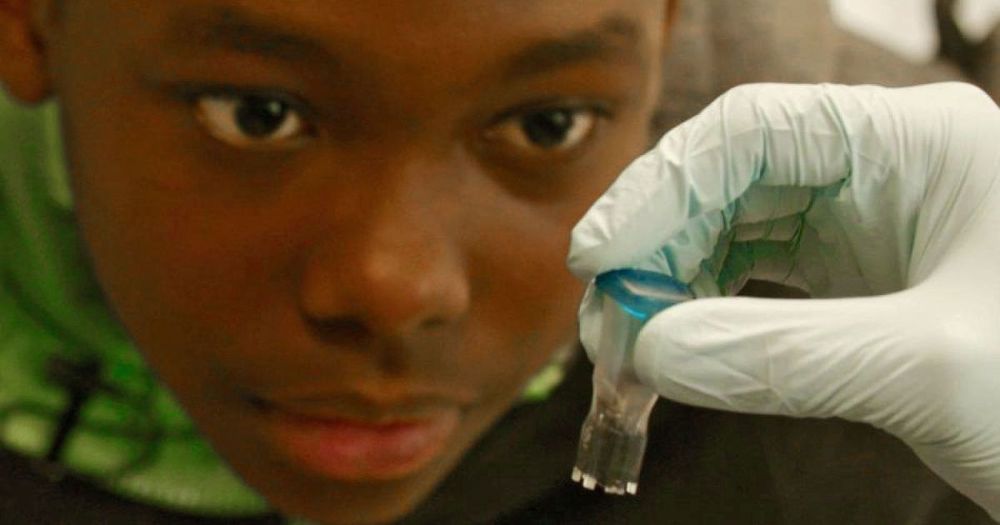Page 9382
Mar 11, 2019
Snipr raises $50M to use CRISPR to modulate the microbiome
Posted by Genevieve Klien in categories: bioengineering, biotech/medical
Snipr Biome has raised (PDF) $50 million (€43 million, DKK320 million) to take CRISPR-based microbiome drugs into clinical trials. The Danish biotech is using CRISPR/Cas to selectively target and kill bacteria with specific DNA sequences.
Christian Grøndahl, the CEO of Snipr, began working with his co-founders on the use of gene editing to modify or kill bacteria shortly after he left Kymab in 2015. The work led to a series of patents on altering microbiota, for reasons including immune modulation, and a €2.6 million investment from Lundbeckfonden Emerge to support research into potential applications for the technology.
Now, Lundbeckfonden has joined with Dutch VC shop LSP to lead a $50 million series A round. The jump in funding follows a period in which Snipr has begun to validate its technology and refine its R&D strategy.
Continue reading “Snipr raises $50M to use CRISPR to modulate the microbiome” »
Mar 11, 2019
Check Out This Incredible New Hubble View of Two Galaxies Smashing Together
Posted by Genevieve Klien in category: space
The Hubble Space Telescope has just released some spectacular new cosmic eye candy. This wild image shows NGC 6052, a pair of colliding galaxies 230 million light-years away.
William Herschel first discovered the object in 1784 and thought it was a single galaxy. More recent observations have demonstrated that’s not the case; instead, it consists of two galaxies merging under the influence of gravity. Last imaged in 2015, this newest observation presents a clear picture of the object using Hubble’s Wide Field Camera 3 instrument. Now, each individual galaxy is clearly visible; it looks as if the spiral of one galaxy seen head on is being absorbed by the other, viewed from the side. But one day they’ll merge so much they’ll be indistinguishable.
Mar 11, 2019
Using quantum measurements to fuel a cooling engine
Posted by Genevieve Klien in categories: computing, quantum physics
Researchers at the University of Florence and Istituto dei Sistemi Complessi, in Italy, have recently proved that the invasiveness of quantum measurements might not always be detrimental. In a study published in Physical Review Letters, they showed that this invasive quality can actually be exploited, using quantum measurements to fuel a cooling engine.
Michele Campisi, one of the researchers involved in the study, has been studying quantum phenomena for several years. In his recent work, he investigated whether quantum phenomena can impact the thermodynamics of nanoscopic devices, such as those employed in quantum computers.
“Most colleagues in the field were looking at coherence and entanglement while only few were looking at another at genuine quantum phenomenon, i.e., the quantum measurement process,” Campisi told Phys.org. “Those studies suggested that you need to accompany measurements with feedback control, as in Maxwell’s demon, in order to exploit their potential. I started thinking about it, and eureka—since quantum measurements are very invasive, they are accompanied by energy exchanges, hence can be used to power engines without the need to do feedback control.”
Mar 11, 2019
SpaceX and ULA Get Launch Contracts. ULA Wins Almost 50% More Money
Posted by Genevieve Klien in categories: economics, space travel
Mar 11, 2019
Facebook’s cryptocurrency could be a $19 billion revenue opportunity, Barclays says
Posted by Genevieve Klien in category: cryptocurrencies
One Wall Street firm sees major upside for Facebook if its secretive cryptocurrency plan works out.
Mar 11, 2019
A robotic leg, born without prior knowledge, learns to walk
Posted by Genevieve Klien in categories: biotech/medical, engineering, information science, robotics/AI
For a newborn giraffe or wildebeest, being born can be a perilous introduction to the world—predators lie in wait for an opportunity to make a meal of the herd’s weakest member. This is why many species have evolved ways for their juveniles to find their footing within minutes of birth.
It’s an astonishing evolutionary feat that has long inspired biologists and roboticists—and now a team of USC researchers at the USC Viterbi School of Engineering believe they have become the first to create an AI-controlled robotic limb driven by animal-like tendons that can even be tripped up and then recover within the time of the next footfall, a task for which the robot was never explicitly programmed to do.
Francisco J. Valero-Cuevas, a professor of Biomedical Engineering a professor of Biokinesiology & Physical Therapy at USC in a project with USC Viterbi School of Engineering doctoral student Ali Marjaninejad and two other doctoral students—Dario Urbina-Melendez and Brian Cohn, have developed a bio-inspired algorithm that can learn a new walking task by itself after only 5 minutes of unstructured play, and then adapt to other tasks without any additional programming.
Continue reading “A robotic leg, born without prior knowledge, learns to walk” »
Mar 11, 2019
Researchers Tune in to Smallest Radio Frequency in Quantum Mechanics
Posted by Genevieve Klien in category: quantum physics
Mar 11, 2019
CRISPR doc ‘Human Nature’ embraces the hope and peril of gene editing
Posted by Genevieve Klien in categories: bioengineering, biotech/medical, education
Mar 11, 2019
China Poised to Overtake US Economy in 2020
Posted by Quinn Sena in category: economics
Explosive growth in emerging economies will help developing nations exceed America’s economic growth.



